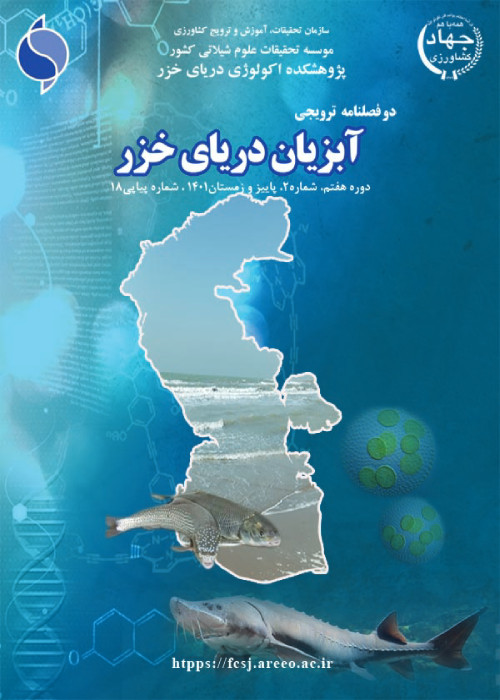Promotion of seafood packaging by edible coatings
Seafood may change in various ways during refrigeration, and in some cases, although the quality of the product may seem acceptable, but its quality decreases that it is can due to the presence of chemicals and non-microbial agents such as fat oxidation. In this study, edible coatings prepared from carbohydrate sources such as sodium alginate and proteins such as whey protein with the potential to improve the chemical, microbial, sensory qualities and shelf life of seafood are discussed. Edible coatings are thin layers of food that are used on food. The benefits of edible coatings include complete degradation in the environment, reduction of solid waste, consumable with food, reduction of consumption of petroleum-based polymer films, non-fragility and no risk to the consumer and more acceptability of the label compared to other materials used. The benefits of these coatings have led to an increase in consumer demand for healthier foods and the debate over fish preservation, based on the use of new techniques to boost the supply of packaged fish in offshore markets. Although several researchers in recent years have reported the positive effects of the use of edible coatings for aquatic packaging, and some of them, such as whey protein and sodium alginate, are currently produced domestically, so far for packaging food products, especially seafood, have not been used. However, the results of this study showed that edible coatings through various mechanisms such as antioxidants and antibacterial lead to increased fillet quality and are suitable for seafood packaging
-
Investigating the effect of prebiotic Biomin EPE on the total bacterial counts and Lactobacillus bacteria in the intestines of Sterlet (Acipenser ruthenus) and Bester cultured (Huso huso × Acipenser ruthenus)
, Mehrdad Nasri-Tajan *, Reza Taati
Journal of Molecular and Cellular Research, -
Health risk assessment and levels of toxic metals in whitefish (Rutilus kutum) in the Caspian Sea
Yazdan Morady, Hassan Nasrollahzadeh Saravi*, , Maryam Rezaei, Gholamrezad Daryanabard, Sharareh Firuzkandian
Iranian Scientific Fisheries Journal,



